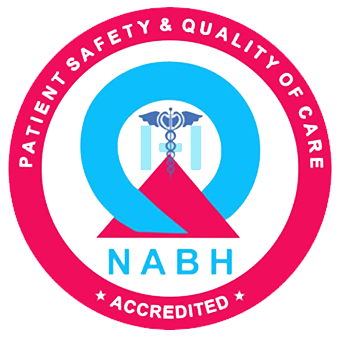Total Hip Replacement(THR)
Total hip Replacement(THR)
Total Hip Replacement (THR) is a common surgical procedure designed to replace a damaged or worn-out hip joint with an artificial prosthesis to relieve pain, restore joint mobility, and improve the patient’s quality of life. It is typically recommended for individuals with advanced hip joint damage caused by conditions such as osteoarthritis, rheumatoid arthritis, avascular necrosis, or severe hip fractures that impair movement and cause chronic pain.
In a THR procedure, the surgeon removes the damaged portions of the hip joint, including the ball (femoral head) and socket (acetabulum), and replaces them with prosthetic components made of materials like metal, ceramic, or high-grade plastic. The prosthetic "ball" and "socket" are designed to mimic the function of a healthy hip joint, allowing for pain-free movement and a natural range of motion.
The surgery is performed under anesthesia and typically involves a hospital stay of several days, depending on the patient’s overall health and recovery. Postoperative physiotherapy is vital for rehabilitation, focusing on strengthening surrounding muscles, improving flexibility, and ensuring proper healing. Gradual weight-bearing and mobility exercises are incorporated into a physical therapy program tailored to the patient’s needs.
Although THR is a highly successful procedure with a success rate of over 95%, there are potential risks such as infection, blood clots, dislocation, implant failure, or complications related to anesthesia. However, with proper surgical care, appropriate rehabilitation, and healthy lifestyle adjustments, THR allows most patients to regain mobility, perform daily activities, and return to a higher quality of life with reduced pain.





